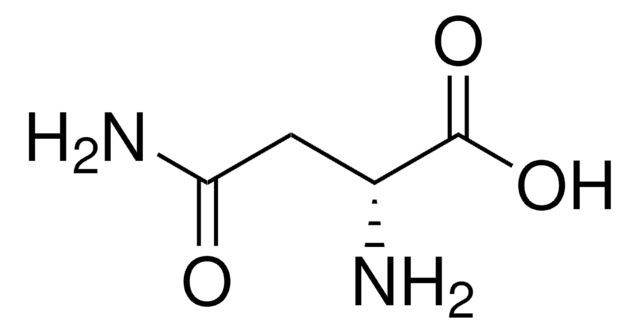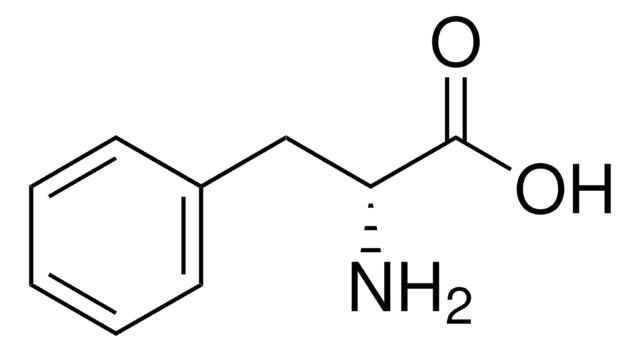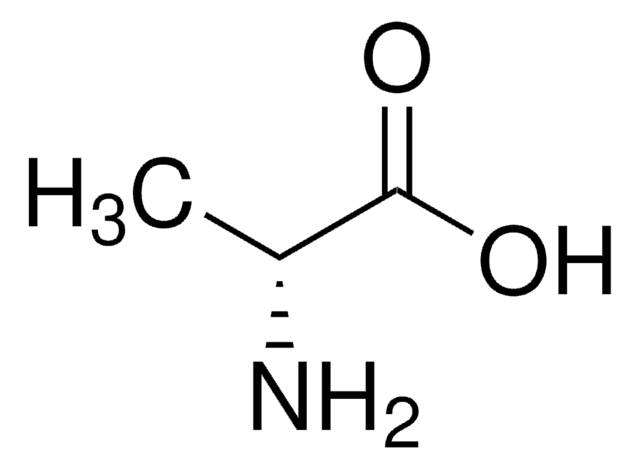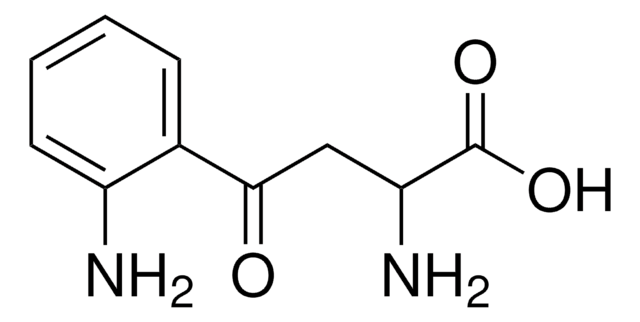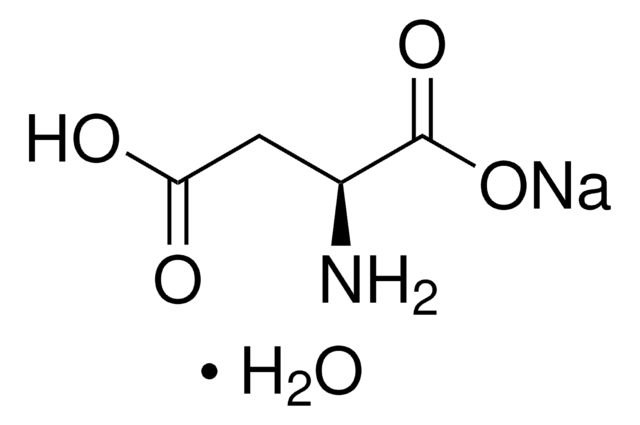Wichtige Dokumente
219096
D-Asparaginsäure
99%, for peptide synthesis, ReagentPlus®
Synonym(e):
(R)-(−)-Aminosuccininsäure, (R)-2-Amino-bernsteinsäure
About This Item
Empfohlene Produkte
Produktbezeichnung
D-Asparaginsäure, ReagentPlus®, 99%
Qualitätsniveau
Produktlinie
ReagentPlus®
Assay
99%
Form
powder
Optische Aktivität
[α]20/D −24°, c = 2.3 in 6 M HCl
Optische Reinheit
ee: 98% (GLC)
Eignung der Reaktion
reaction type: solution phase peptide synthesis
mp (Schmelzpunkt)
>300 °C (lit.)
Anwendung(en)
peptide synthesis
SMILES String
N[C@H](CC(O)=O)C(O)=O
InChI
1S/C4H7NO4/c5-2(4(8)9)1-3(6)7/h2H,1,5H2,(H,6,7)(H,8,9)/t2-/m1/s1
InChIKey
CKLJMWTZIZZHCS-UWTATZPHSA-N
Angaben zum Gen
rat ... Slc1a3(29483)
Suchen Sie nach ähnlichen Produkten? Aufrufen Leitfaden zum Produktvergleich
Anwendung
- Metabolomics Analysis Identifies Differential Metabolites as Biomarkers for Acute Myocardial Infarction.: This study utilizes metabolomics to identify biomarkers for acute myocardial infarction, showcasing D-Aspartic acid′s role in amino acid metabolism and potential diagnostic applications. (Zhou et al., 2024).
Rechtliche Hinweise
Anwendung
Lagerklassenschlüssel
11 - Combustible Solids
WGK
WGK 1
Flammpunkt (°F)
Not applicable
Flammpunkt (°C)
Not applicable
Persönliche Schutzausrüstung
Eyeshields, Gloves, type N95 (US)
Hier finden Sie alle aktuellen Versionen:
Besitzen Sie dieses Produkt bereits?
In der Dokumentenbibliothek finden Sie die Dokumentation zu den Produkten, die Sie kürzlich erworben haben.
Kunden haben sich ebenfalls angesehen
Chromatograms
application for HPLCUnser Team von Wissenschaftlern verfügt über Erfahrung in allen Forschungsbereichen einschließlich Life Science, Materialwissenschaften, chemischer Synthese, Chromatographie, Analytik und vielen mehr..
Setzen Sie sich mit dem technischen Dienst in Verbindung.


